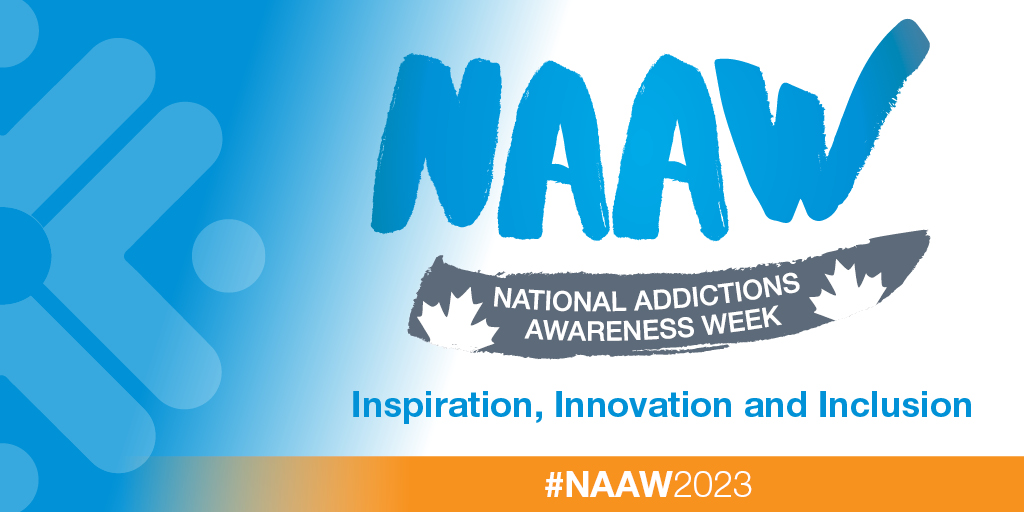This week is National Addictions Awareness Week, and today we’re sharing a timely study recently published in the journal, Substance Abuse: Research and Treatment. The study, titled Integrated Supports for Women and Girls Experiencing Substance Use and Complex Needs, was done in collaboration with CanFASD researchers and community partners at the Lakeland Centre for FASD (LCFASD). As part of their FASD prevention programming, LCFASD offers substance use treatment through their 2nd Floor Women’s Recovery Centre.
The 2nd Floor
The 2nd Floor is a community-based live-in treatment program rooted in harm reduction, and offering trauma-informed, strengths-based, and gender-sensitive practice. The program is designed for girls, women, and gender diverse people aged 15 years and older who are experiencing substance use and are, or are likely to become, pregnant. Very little is known in the scientific literature about integrated harm reduction programming for pregnant clients, so CanFASD researchers and LCFASD partners analysed ten years’ worth of 2nd Floor program data to begin to fill this gap.
The goals of the study were to investigate client needs, program completion, and wellbeing and outcomes for women and girls who attended Lakeland’s 2nd Floor Women’s Recovery Centre. The research team looked at program data originally collected through interviews and questionnaires with 2nd Floor clients (N = 393) at intake, program exit, and several follow up time points after discharge.
Multi-faceted needs and adversity
Most women and girls who attended the 2nd Floor were pregnant (28%) and/or parenting (77%). In addition to the primary concerns around problematic substance use, women also experienced high rates of co-occurring mental and physical health conditions, and neurodevelopmental needs such as being diagnosed with FASD themselves. Social adversity was common, including high rates of unstable housing (53%), involvement with child and family services (64%) or the legal system (46%), and low rates of employment (6%).
High rates of program completion
Despite the diverse and complex needs experienced by women and girls at the 2nd Floor, the majority (63%) completed the program. Completion was more likely for clients who had stable housing at intake, and those with possible or diagnosed FASD.
Wellbeing, resources, and outcomes
Among a subset of 55 individuals who were interviewed at the time of program completion, clients highly rated their level of self-understanding around their addictions, but also noted poorer ratings around overall stress levels and stress management. Researchers found that most clients reported being connected to recovery resources, transitional community or social supports, and had regular access to medical care. For 31 clients who were available for post-discharge follow-up, these health and community resources were maintained across time points (2 weeks, 1 month, 3 months, 6 months, 1 year after discharge). Social and behavioural outcomes were also explored, and researchers noted lower rates of substance use and justice involvement, and more clients were attending school/employment, had stable housing, and were active caring for their children.
Taken together, the findings from this research improve our understanding and ability to address the needs of women and girls who access substance use treatment, and inform evolving best practice for supporting health and wellbeing for parents, children, families, and communities.
To read the full study, click here.

